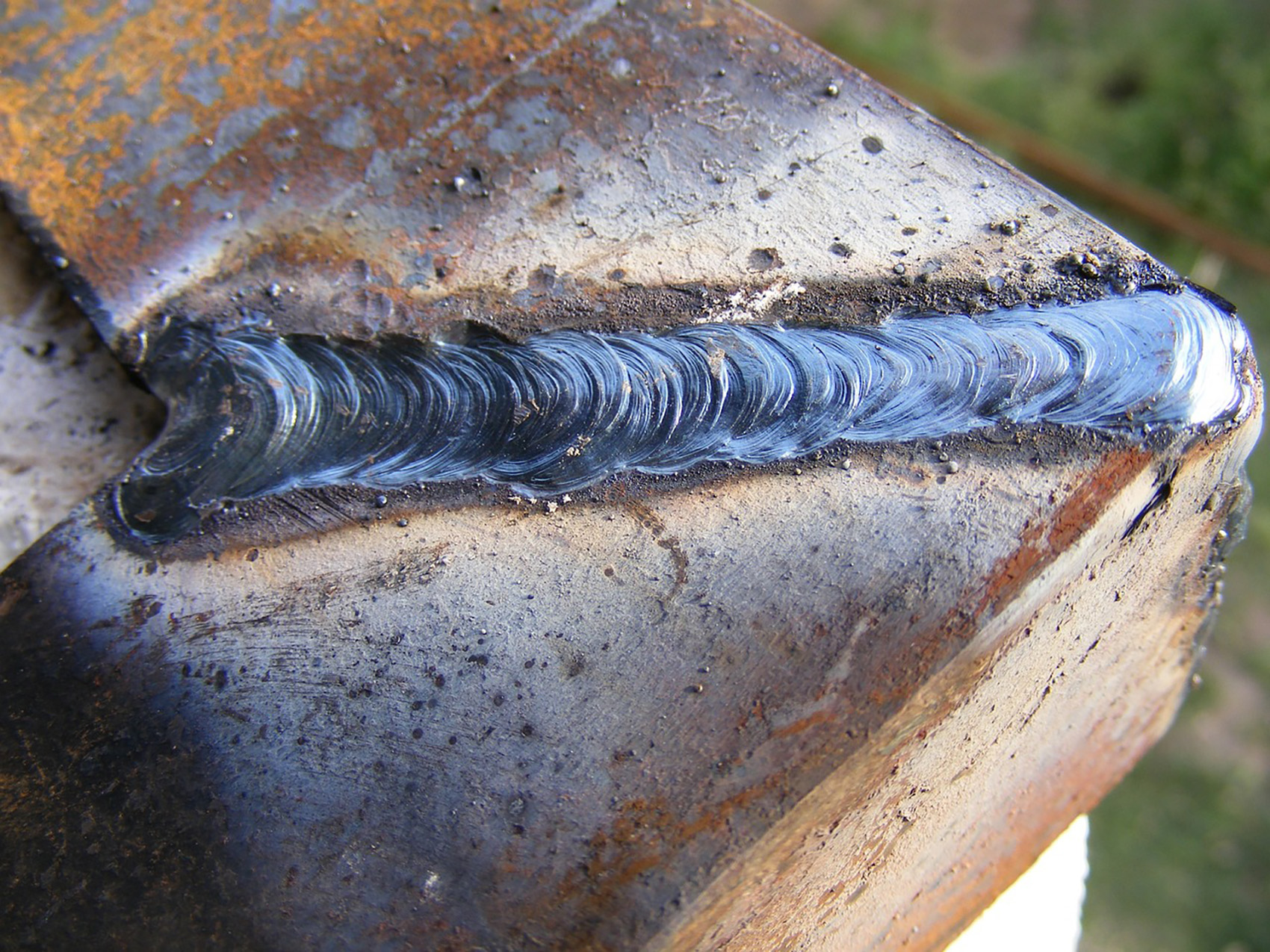Step-by-Step Overview to Preventing Weld Undercut in Different Metals
Step-by-Step Overview to Preventing Weld Undercut in Different Metals
Blog Article
Recognizing the Causes and Solutions for Undercut Welding in Steel Manufacture Procedures
In the world of steel manufacture procedures, the event of undercut welding poses a significant challenge that demands an extensive understanding of its causes and practical services. The elaborate interplay of various elements during welding operations can lead to this unwanted sensation, influencing the architectural stability and general high quality of the welded joints - Preventing weld undercut. By dissecting the root creates of undercut welding and discovering reliable restorative procedures, producers can elevate the standard of their handiwork and make sure the production of flawless steel parts
Typical Reasons For Undercut Welding
Frequently neglected in metal construction, undercut welding takes place due to numerous factors that demand precise interest and experience to be effectively reduced. Furthermore, incorrect welding methods, such as making use of the incorrect welding angle or take a trip rate, can additionally add to damage development. The selection of welding criteria, such as voltage, existing, and cord feed rate, plays a substantial duty in the event of undercut welding.
Influence of Incorrect Welding Parameters
Inaccurate welding specifications can significantly compromise the integrity and quality of welded joints in steel construction procedures. The effect of wrong welding specifications shows up in various methods, causing architectural weaknesses and problems in the bonded components. One important facet influenced by inappropriate welding criteria is the infiltration depth of the weld. Insufficient heat input as a result of reduced welding currents or exceedingly high travel rates can cause insufficient fusion between the base steels, causing incomplete joint infiltration and damaged bonds. Alternatively, extreme heat input created by high welding currents or sluggish travel rates can cause excessive and burn-through support, producing a brittle and unstable weld framework. Furthermore, wrong specifications such as improper voltage setups or inaccurate electrode angles can add to unpredictable weld bead accounts, lack of combination, and enhanced opportunities of problems like damaging. Careful attention to welding specifications is extremely important to guarantee the manufacturing of top quality welds with the wanted mechanical buildings and structural stability.
Impact of Improper Torch Angle
Improper lantern angle in welding procedures can substantially affect the high quality and integrity of the final weld joints in steel manufacture procedures. Undercutting is a common welding defect where a groove creates along the weld toe, damaging the joint and jeopardizing its structural integrity.
A lantern angle that is as well steep can result in insufficient penetration, insufficient fusion, and boosted spatter. On the other hand, a torch angle that is also superficial can lead to excessive penetration, burn-through, and distortion of the base product. Preventing weld undercut. Appropriate torch angle is essential for ensuring regular weld high quality, strength, and look
To avoid undercutting and other flaws triggered by improper lantern angles, welders should be trained to keep the appropriate lantern angle throughout the welding procedure. Regular surveillance and modification of lantern angles throughout welding can help attain sound welds with marginal flaws.
Role of Inadequate Welding Strategies

An additional facet of poor welding strategies is incorrect weld prep work. Insufficient cleaning of the base metals, incorrect joint design, or insufficient hop over to here side prep work can all add to damage welding. Insufficient shielding gas insurance coverage or making use of the incorrect type of gas can result in incomplete blend and the development of undercut problems.
To address the role of poor welding methods in steel manufacture processes, it is vital to provide comprehensive training for welders. Correct education on welding parameters, joint prep work, and protecting gas selection can aid avoid undercut welding and ensure high-quality welds in steel fabrication tasks.
Efficient Solutions for Undercut Welding
Addressing undercut welding in steel construction calls for carrying out effective options to enhance weld top quality and structural honesty. One of the key services to battle undercut is to change welding criteria such as voltage, present, and take a trip speed to make certain proper warmth input and fusion. By fine-tuning these setups, welders can prevent extreme melting of the base steel and filler material, lowering the possibility of undercut development.
Additionally, appropriate joint prep work is essential in protecting against undercut. Guaranteeing tidy base steel surfaces without impurities and using the proper bevel angle can aid promote much better weld infiltration and reduce the danger of undercut - Preventing weld undercut. Using ideal welding techniques, such as oscillating the lantern or weaving, can additionally aid in distributing warm equally and filling the weld joint sufficiently, decreasing the opportunity of undercut defects
Additionally, choosing the proper welding consumables, consisting of electrodes and filler metals, is important in alleviating undercut. Making use of products with ideal chemical compositions and mechanical homes can add to accomplishing audio welds with very little undercut. Normal examination and quality assurance actions should also be implemented to spot and deal with undercut problems quickly, making sure the general stability of produced metal components.

Conclusion
In conclusion, understanding the causes and remedies for undercut welding in steel manufacture procedures is important for accomplishing premium welds. By dealing with common causes such as wrong welding specifications, incorrect torch angle, and inadequate welding strategies, welders can stop undercutting and guarantee solid, sturdy welds. It is necessary to take note of these elements and implement reliable options to enhance the overall welding procedure and final product top quality.

Report this page